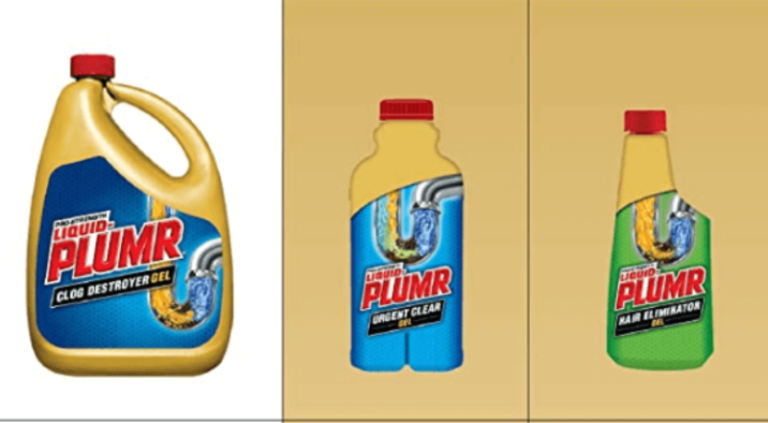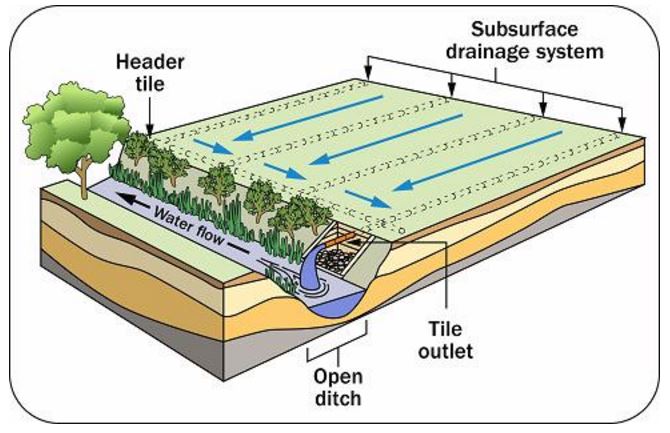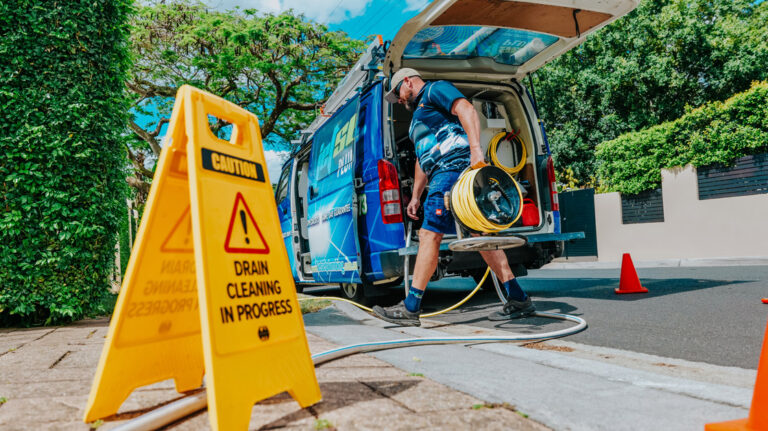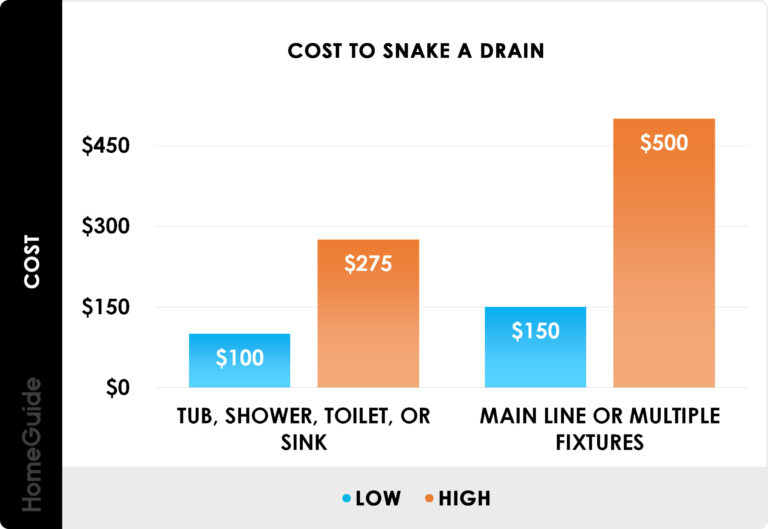What Are The Two Types Of Drainage Systems?
A drainage system is a system that is used to collect and transport water and waste from an area. There are two main types of drainage systems – surface drainage and subsurface drainage. Surface drainage systems collect and carry off water that flows over the ground surface, while subsurface drainage systems collect and transport water that seeps into the ground. Both systems are essential for managing water and preventing flooding, erosion, and contamination.
Definition of Drainage Systems
A drainage system is a system of pipes, pumps, and channels that collects, transports, and stores water from one place to another. It is a vital component of any urban infrastructure, as it helps to protect against flooding and eliminates excess water from the area. Drainage systems also help to prevent soil erosion, maintain water quality, and reduce the amount of pollutants entering a river, lake, or other body of water. Drainage systems are typically designed to help move water from areas of higher elevation to areas of lower elevation, and most systems include a variety of components, such as catch basins, storm sewers, and outfall pipes.
Characteristics of Surface Drainage Systems
Surface drainage systems are an integral part of managing stormwater runoff and protecting against flooding. They are designed to divert water away from areas prone to flooding, while also protecting property and preventing water damage. Characteristics of these systems include: the use of catch basins and channels to route water away from sensitive areas; the use of pipes to distribute the water to a larger body of water; the use of specialized materials to ensure the system will last; and the use of vegetation and other techniques to reduce the impact of the water on the environment. Surface drainage systems are important for protecting our communities and the environment, and can be customized to fit the needs of each unique area.
Characteristics of Subsurface Drainage Systems
Subsurface Drainage Systems are a vital part of protecting and preserving our environment. These systems are designed to collect and divert excess water away from buildings and other structures, thus preventing flooding and erosion. They are also used to improve the quality of water by removing pollutants and contaminants. Subsurface Drainage Systems are often made of perforated pipes, covered with a layer of aggregate and drainage fabrics. These systems may be gravity fed, or they may use pumps and pressure systems to direct the water away from the structure. Subsurface Drainage Systems provide numerous benefits to homeowners, including reducing the risk of flooding, improving water quality, preventing erosion, and reducing the amount of fertilizers and pesticides that enter our waterways. With proper installation and maintenance, these systems can help to keep our environment healthy and safe.
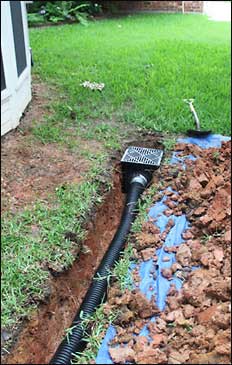
Benefits and Limitations of Surface Drainage Systems
Surface drainage systems are a key part of any landscape irrigation system; they provide an efficient way of draining excess water from the surface of an area. However, it is important to understand the benefits and limitations of surface drainage systems in order to ensure they are used effectively.
Benefits of surface drainage systems include improved water quality, reduced erosion, and improved water infiltration. Surface drainage systems can also increase water availability for plant growth, reduce flooding, and reduce the amount of time needed to irrigate.
Limitations of surface drainage systems include the limited ability to capture small amounts of water, and the need to maintain the system regularly. Additionally, surface drainage systems can be expensive to install and maintain.
Overall, surface drainage systems offer a number of benefits when it comes to irrigation, but it is important to consider the limitations of these systems when deciding whether or not they are the right choice for your needs. By understanding the benefits and limitations of surface drainage systems, you can ensure that you are making the most of your irrigation system.
Benefits and Limitations of Subsurface Drainage Systems
Subsurface drainage systems are an effective way to manage excess water flow and help prevent flooding and water damage. These systems use pipes and trenches to drain away water from areas where it is not wanted. While they can provide numerous benefits, such as allowing water to seep away naturally or providing an outlet for water in areas with high water tables, they can also have some limitations. These include the fact that they can be costly to install, may require ongoing maintenance and in certain cases can be prone to clogging. Additionally, due to the fact that they are underground, they can be difficult to access and inspect for any issues. Ultimately, subsurface drainage systems can be an effective way to manage excess water flow but it is important to understand their benefits and limitations before making the decision to install one.
FAQs About the What Are The Two Types Of Drainage Systems?
1. What is the difference between a surface and a sub-surface drainage system?
A. Surface drainage systems involve the collection of surface runoff, which is then directed away from the area. Sub-surface drainage systems involve the collection of water that is below the surface of the ground and directing it away from the area.
2. What type of drainage system is best for my property?
A. The type of drainage system that is best for your property depends on a variety of factors, including the location, topography, soil type, and local climate conditions. It is best to consult a professional to determine the most suitable system for your property.
3. What are the benefits of a drainage system?
A. A properly installed drainage system can help to reduce soil erosion, prevent flooding, and protect your property from water damage. Additionally, it can help to improve the overall health of your landscape by allowing water to be collected and directed away from the area.
Conclusion
In conclusion, there are two main types of drainage systems: surface and subsurface. Surface drainage systems are designed to collect and move runoff quickly away from an area while subsurface drainage systems are designed to collect and move runoff slowly away from an area. Both systems are used in many different applications, and each has their advantages and disadvantages. By understanding the differences between the two systems, one can choose the best system for their specific needs.


